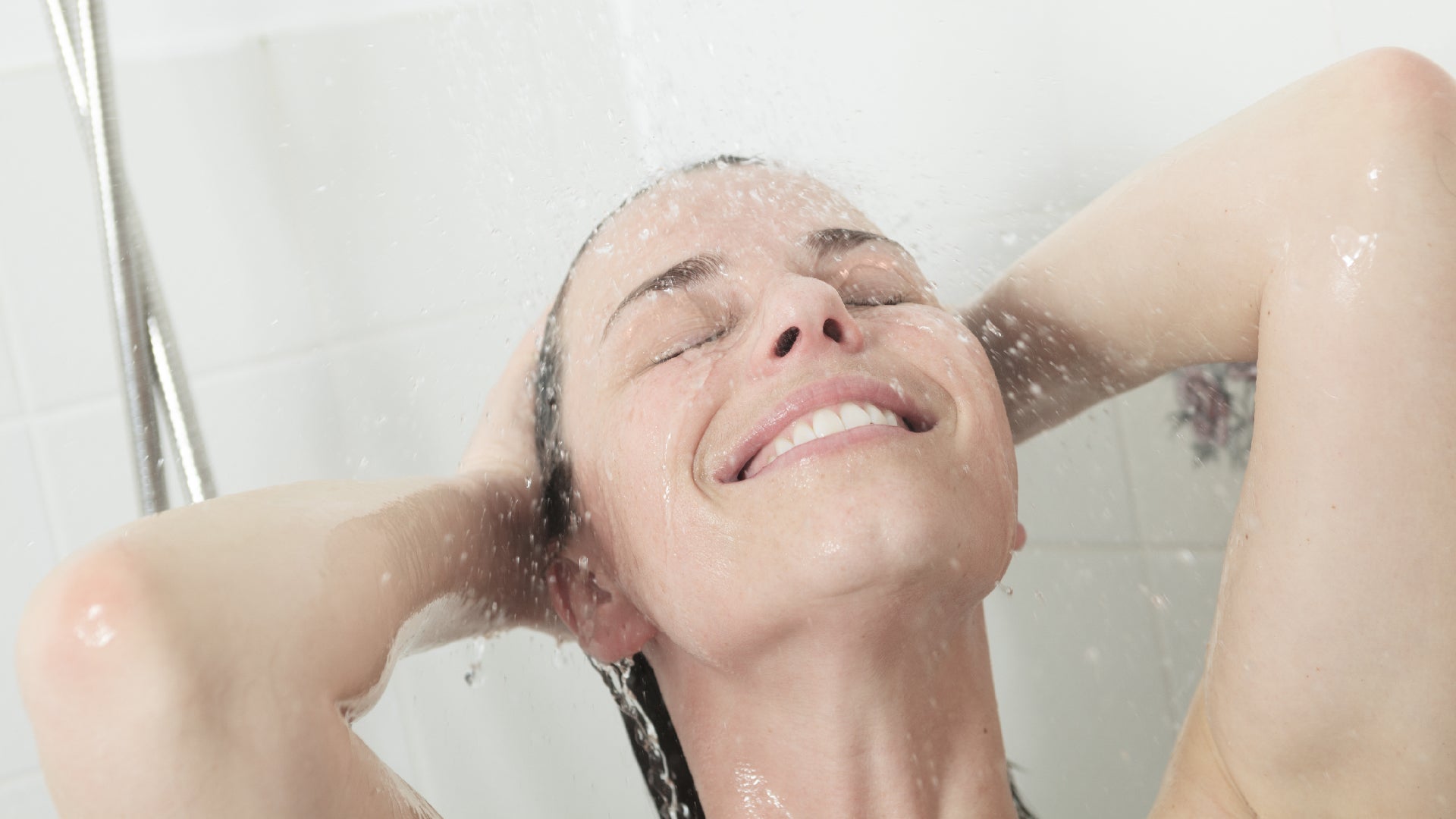
The Difference Between Dry & Dehydrated Skin
Always figured that dry skin and dehydrated skin were one and the same? Easy mistake. But one that can totally ruin your skin’s mojo…
Skin types, nuances, niggles and concerns are easy to get in a jumble. Because we’re all human, after all. But the problem is if you don’t understand the skin type or condition you’re dealing with, how are you supposed to, well, deal with it?
Dry and dehydrated skin are classic cases in point. If you look at the words ‘dry’ and ‘dehydrated’ it’s easy to see why they appear to be the same things. But on the contrary: dry and dehydrated skin are their own individual beasts and they sometimes need to be dealt with quite differently.
Here’s what we know…
What Is Dry Skin?
Just like oily, normal or combination skin, dry skin is the type you were born with. Sure, it can change slightly over the years as your skin ages and matures, but your skin type is your skin type. End of story.
Skin types are all based on one thing: sebum. Sebum is a complex mix of oils and lipids that’s produced by your skin’s sebaceous glands. Still with us? Good because sebum is super important for the health of your skin. It not only locks in moisture to keep your complexion soft and supple, but it also helps protects your skin from external aggressors like pollution, UV radiation and toxins. As we said, super important.
Everybody’s skin is different and produces sebum at its own individual rate. And this is all determined by your genes. If your skin is fairly balanced then you have that elusive normal skin. Jealous, much? If your sebaceous glands are crazy-active and produce more sebum than your skin needs, you have oily skin. Maybe yours produces more in certain areas (the infamous t-zone) than others? Then it’s known as combination skin.
And, then there’s dry skin which is lacking in sebum thanks to having fewer sebaceous glands and therefore less available sebum to nourish, moisturize and protect your skin.
How To Tell If You Have Dry Skin
Dry skin can occur anywhere on your face and body, and it often feels tight, itchy and uncomfortable. It may also be prone to flaking or cracking and feels kind of rough when you run your fingers over the surface. More fun news: dry skin often gets worse thanks to things like extreme weather conditions, emotional stress, certains meds, poor skincare choices and, surprise, surprise, the aging process.
3 Tips For Dry Skin
You can’t change the skin you were born with, but you can offer dry skin help when help is definitely needed. Here’s how…
1. Make Moisturizer The Biggest Deal Ever
Moisturizers that are rich in occlusive ingredients are the best bet for dry skin. Occlusives and emollients help seal cracks on the skin's surface, and they add a protective layer over your barrier function, making up for the lack of sebum your skin naturally produces.
Look out for rich creams that contain ingredients like cocoa butter, shea butter, jojoba oil and coconut oil. And moisturize after EVERY cleanse. No arguments. A great choice for you? Our Vitamin C Deep Hydration Night Cream which is packed with botanical oils and cocoa butter.
2. Avoid Alcohol
In your skincare that is, not in your glass.
Cetyl and stearyl alcohols are totally fine, but certain alcohols like isopropyl alcohol and alcohol denat are extremely drying on your skin, stripping away sebum (which you don’t have enough of in the first place!) and seriously upsetting your barrier function. Cleansers, in particular often contain nasty alcohols but avoid them at all costs. Choose our NEW Soothing Cleansing Milk instead. No regrets.
3. Be Gentle With Actives
Vitamin C, retinol, glycolic acid and salicylic acid are all great but if you have seriously dry skin, you need to be careful not to overload your skin with powerful ingredients that have the potential to strip away what oils your skin does – or in your case, does not – have.
Niacinamide is a great alternative antioxidant for dry, sensitive skin. You could also try our Vitamin C Facial Serum (after patch testing first, of course). This awesome serum contains sodium ascorbyl phosphate (SAP), a much gentler form of vitamin C.
What Is Dehydrated Skin?
In the opposite corner, we have dehydrated skin which first up, is NOT a skin type, but a condition – normally a temporary one. Small mercies, right?
Dehydrated skin has nothing to do with your skin’s level of sebum, but is all about its water content. Healthy skin should contain around 64 percent water to maintain optimum elasticity, strength, volume and moisturization. And your skin has a very smart protective layer called its barrier function, which helps keep all this moisture in. When your barrier function becomes compromised, however, thanks to harsh cleansing, over-exfoliation, poor sleep, a cruddy diet or a lack of moisturization, moisture starts to escape more than it should. And therein lies the perfect recipe for dehydrated skin.
How To Tell If You Have Dehydrated Skin
No matter if your skin is oily, combination, dry or normal, it can still be dehydrated. Dehydration may feel tight like dry skin, but if it feels both oily and dry at the same time, chances are it’s actually dehydrated, rather than dry.
Dehydration will make your skin look duller than normal and any fine lines or wrinkles will appear more prominent thanks to the lack of water keeping your skin full and healthy-looking. You may also notice dark circles around your eyes or more frequent breakouts. Joy.
3 Tips For Dehydrated Skin
Dehydrated skin still requires gentle moisturization to help seal in water but there are a few extra things to also bear in mind…
1. Go Big On Humectants
Humectants are to dehydrated skin what jelly is to PB – priceless. Humectants are skincare ingredients that work like water magnets, luring it to your skin’s surface to seriously increase your skin’s moisture content.
Hyaluronic acid is the obvious show-stopper, but glycerin and aloe vera are also seriously good. Try our Hyaluronic Acid Facial Serum before moisturizing day and night and take it one step further with Hyaluronic Acid Eye Cream to help deal with dehydration around the eye area at the same time.
2. Exfoliate, But Be Kind
Dehydration and dull skin often go hand-in-hand so make sure your skin is turning over efficiently – because it’s super important. Gently exfoliate with a facial scrub once or twice a week, or try Ocean Minerals Super Toner daily. This toning treatment contains glycolic acid, an effective alpha hydroxy acid (AHA) that dissolves the ‘glue’ which binds dead skin cells together at the skin’s surface. By doing so, this helps your skin renew and revitalize itself quicker and, well, much better.
3. Avoid Hot Showers
Long, scorching showers are very dehydrating for your poor skin. Hot water breaks down your barrier function, stripping away essential moisture AND sebum which can encourage dryness as well as dehydration. Very uncool. Ha, literally.
Stick to lukewarm showers and always moisturize after getting your skin wet – preferably while your skin is still damp to seal in as much moisture as possible.














